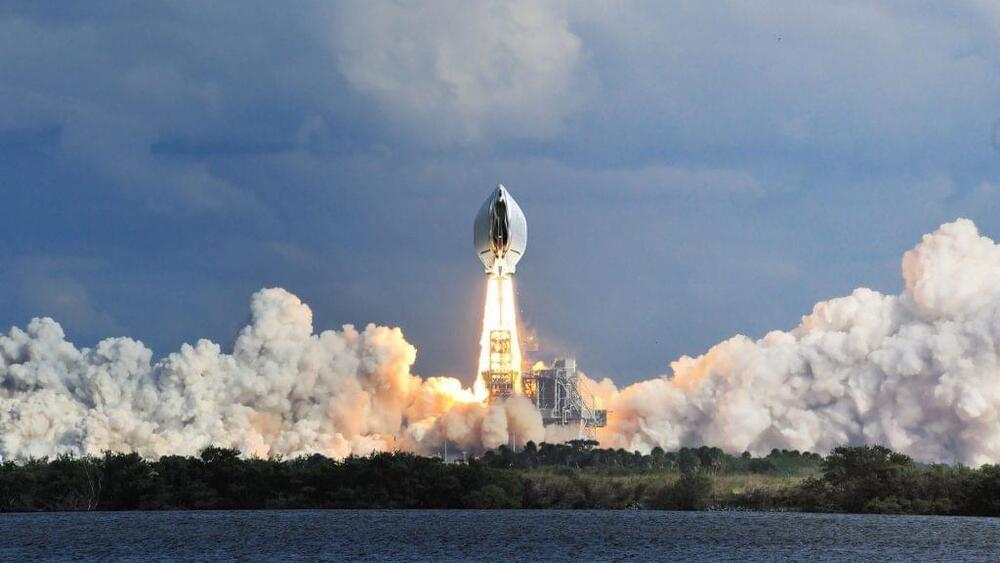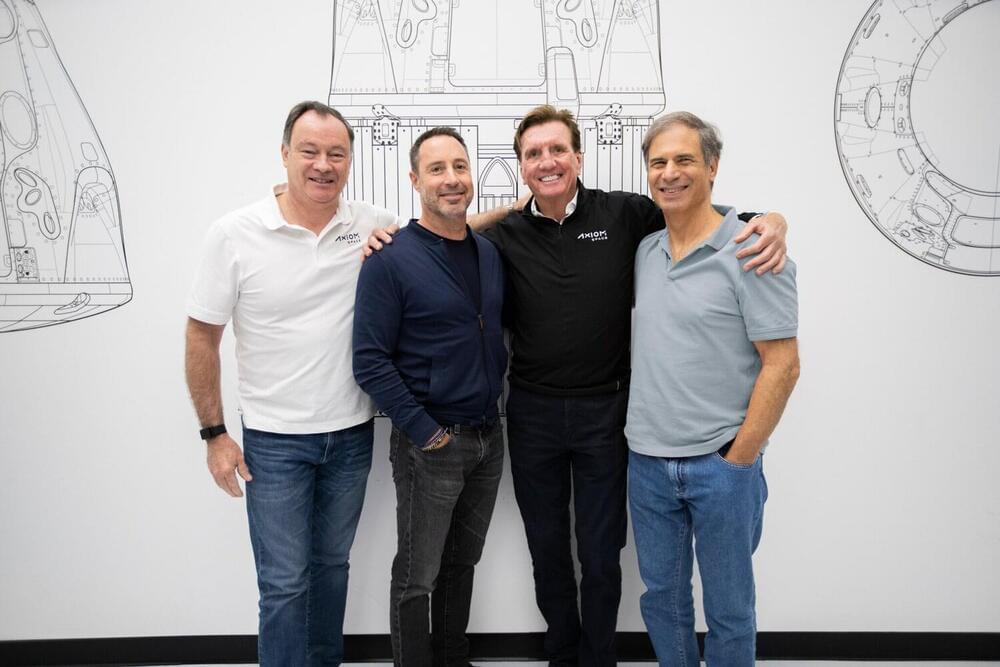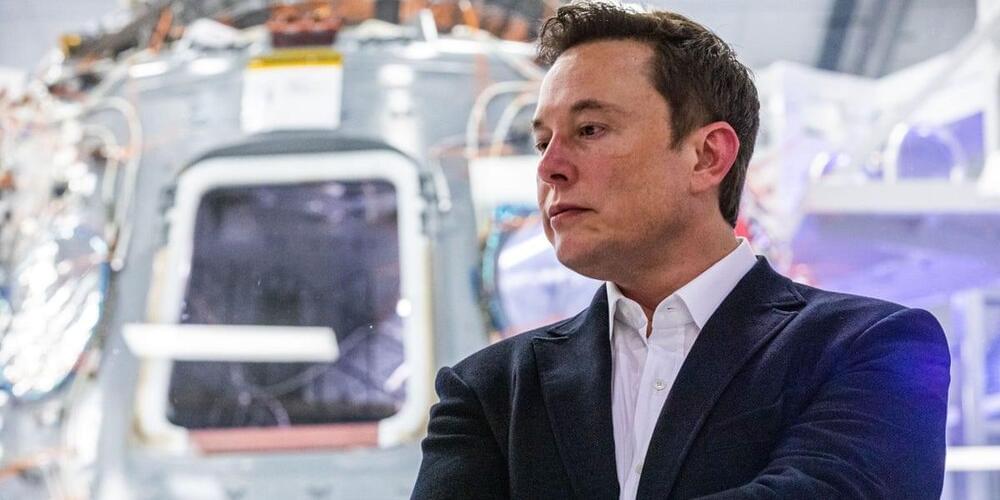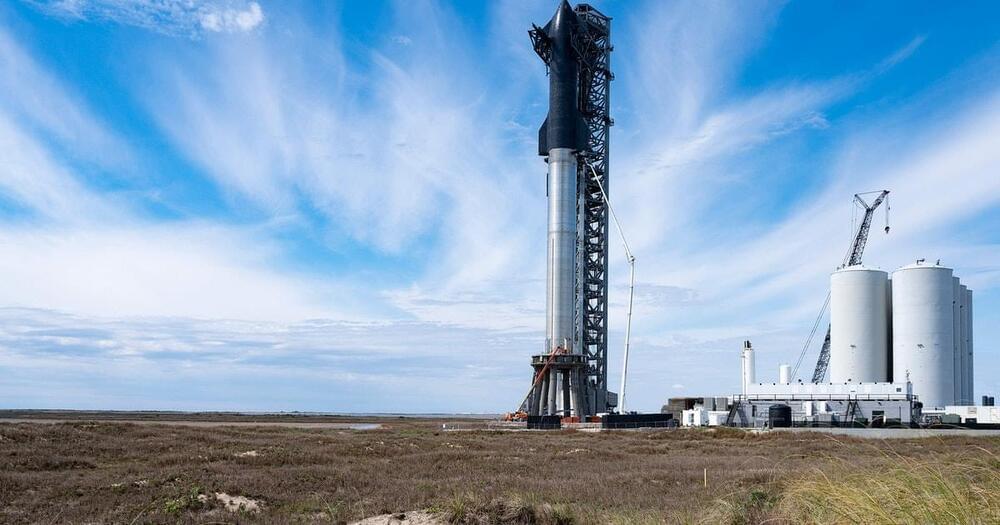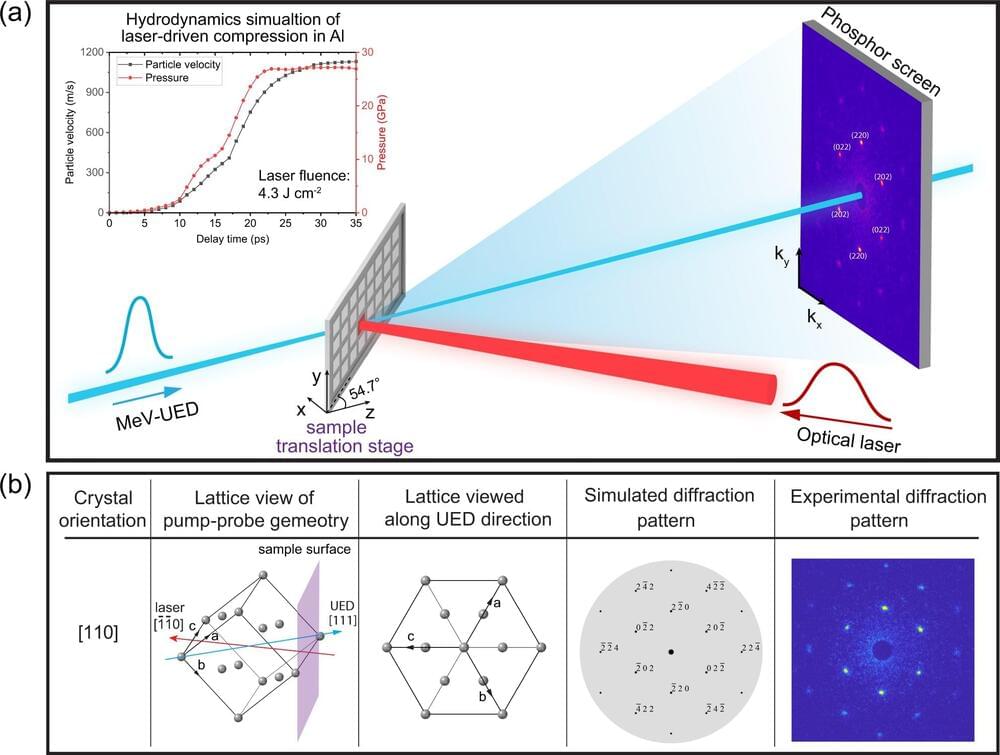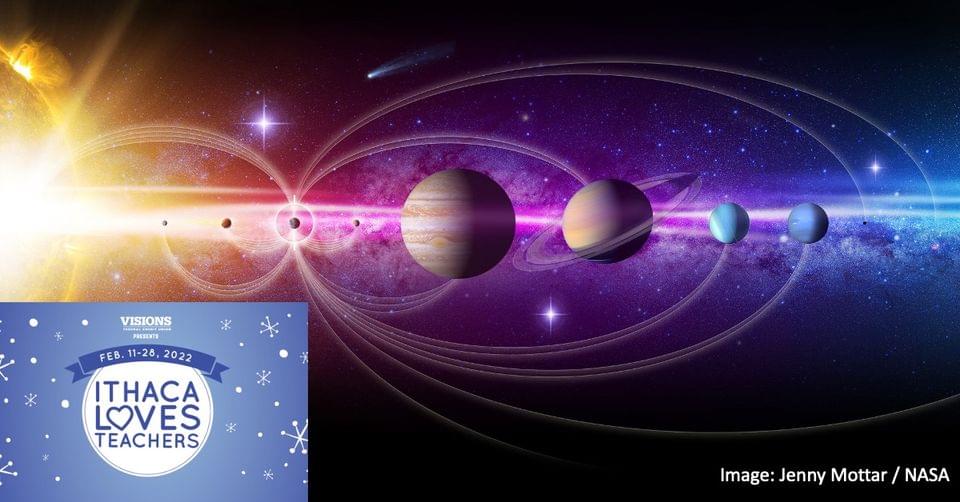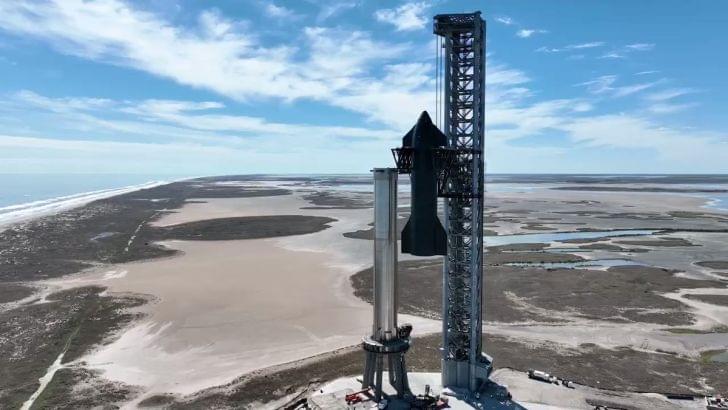Mar 3, 2022
“Vulva Spaceship” aims to counter prevalence of phallic spacecraft
Posted by Shubham Ghosh Roy in category: space travel
A German feminist art group has revealed a vulva-shaped spaceship design, which it is encouraging the European Space Agency to help realize in order to better represent humanity in space and “restore gender equality to the cosmos.”
The group Wer Braucht Feminismus? (WBF?), which translates to “Who Needs Feminism?”, created its Vulva Spaceship concept to challenge the convention of phallic spacecraft design.
It says sending a yonic craft instead would signal inclusivity and has started a petition on change.org calling on the European Space Agency to consider the project.
